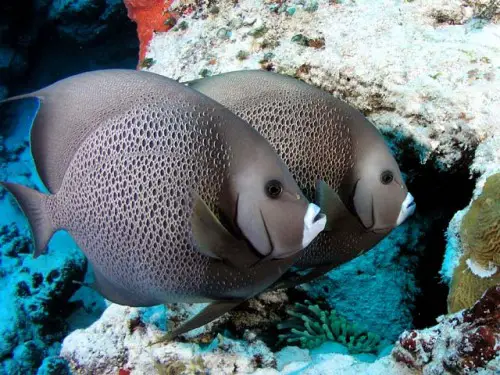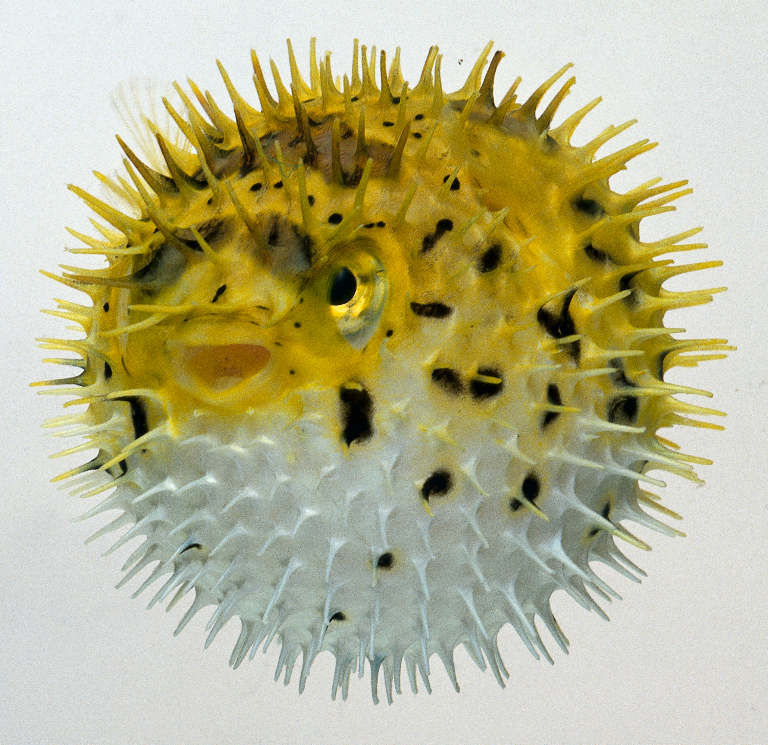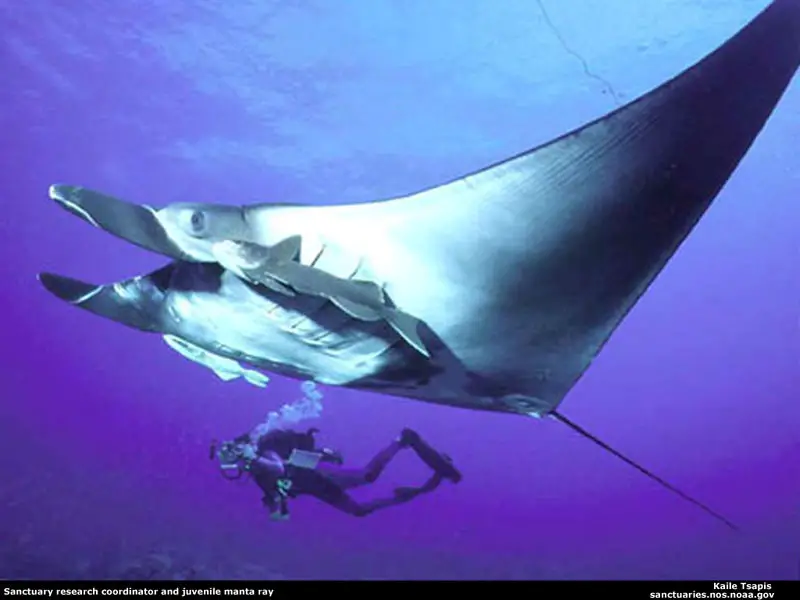Marine Angelfish
Marine angelfish are a perciform fish that are found on shallow reefs in the tropical Indian, Atlantic, and western Pacific oceans. There are 7 genera and 86 species in this family, which is the Pomacanthidae. These should not be confused with freshwater angelfish that is found in the Amazon river basin.
Marine angelfish are loved by snorkellers and swimmers due to their vibrant colours. They also have deep, laterally compressed bodies. They resemble butterflyfishes which is a similar showy reef fish. They can be distinguished between butterflyfishes because they have strong preopercle spines which are part of its gill covers. This in fact is how the Marine angelfish got its scientific name, from the Greek word “poma” which means “cover” and “akantha” which means “thorn”.
Many marine angelfish species have long streamer-like extensions on their anal and soft dorsal fins. The largest of the marine angelfish species is the gray angelfish (Pomacanthus arcuatus) which can reach a length of up to 1 metre. The smallest marine angelfish species are the members of the Centropyge genus, which do not exceed 15 cm. The average length of a marine angelfish is 20 to 30 cm.
Smaller species are popular amongst aquarium enthusiasts, and the larger species are actually sought after as food fish. However, there have been reports of ciguatera poisoning because people have eaten marine angelfish. Larger species are bold and fearless as they have been known to approach divers. Marine angelfish restrict themselves to living in the shallows of a reef. They rarely venture deeper than 50 metres. Only the Centropyge abei is known to inhabit the water at depths of 150 m.
Marine angelfish are diurnal, and hide amongst nooks and crannies of reefs at night. Some marine angelfish species are solitary animals, while some form very territorial pairs. Some also form harems, where a single male fish is dominant over several males. Juveniles may become cleaner fish.
Marine angelfish are pelagic spawners, and they will release tiny eggs that are bouyant into the water. This will then become part of the plankton. The eggs will then float freely with the current until they hatch. Sadly, many eggs will fall victim to marine animals that feed on plankton.





